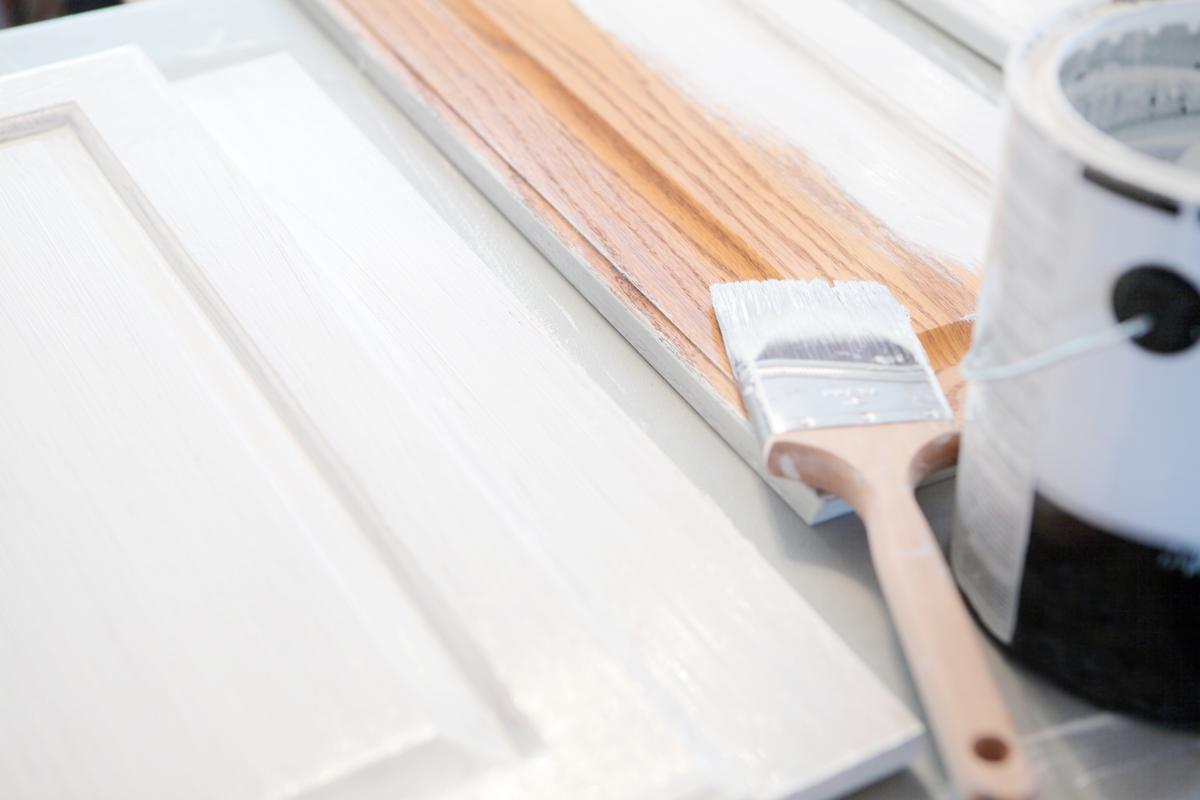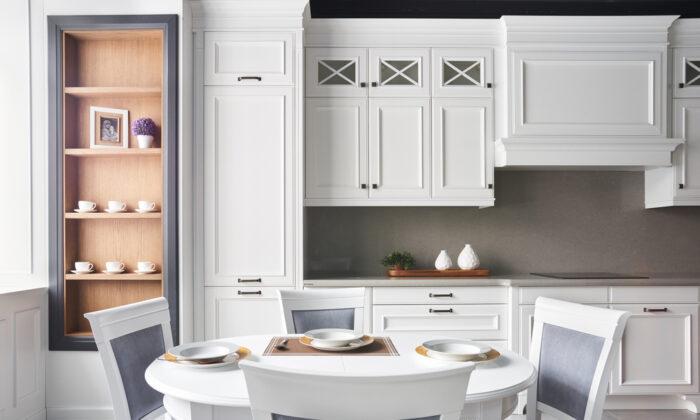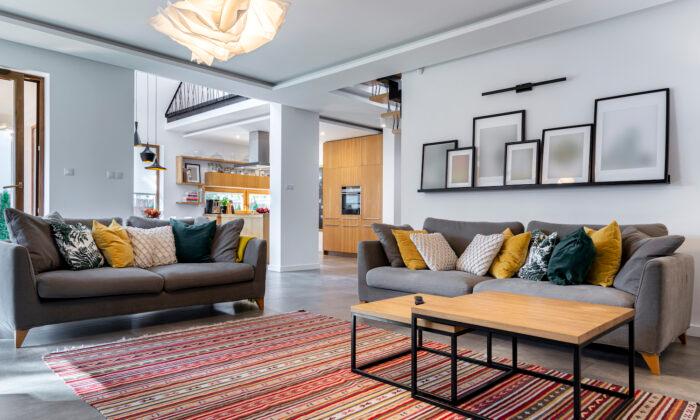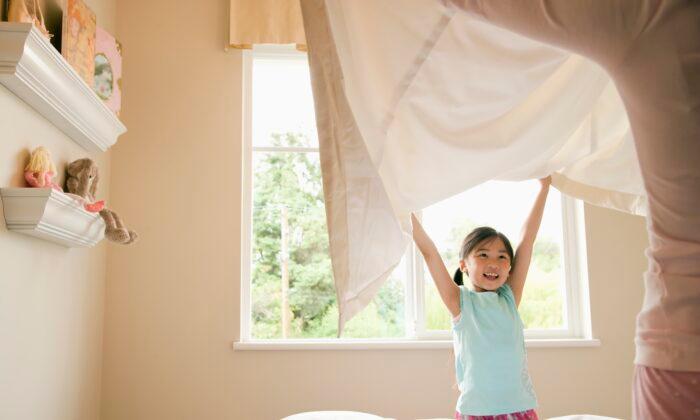If you’re wondering how to paint kitchen cabinets, you’ve come to the right place. Giving your cabinets a makeover can dramatically change the look and feel of your kitchen, whether you’re opting for a clean white paint or a more adventurous dark or colorful hue.
Before you get started, there are some key things you need to know about how to paint kitchen cabinets, as the process is different than learning how to paint a room or how to paint a wall. For one, it almost always takes longer than you think—often twice as long, says Hunter MacFarlane, a project expert with Lowe’s based in Mooresville, North Carolina.
Second, if your cabinets are not made from wood or have a very intricate design, you may want to call in a pro. If you’re dealing with fairly straightforward wood cabinets, though, there’s no reason you can’t DIY.
Start Small
The kitchen is a central spot in any home and is probably heavily trafficked. That’s why MacFarlane recommends testing out your cabinet-painting skills in a smaller, less-noticeable room first.Prepare the Area
“Preparation is everything in painting,” MacFarlane says. Many people want to jump right in because they’re excited to see how it will look (and who can blame them?), but it’s imperative to cover every surface, empty all drawers, and move everything out of cabinets (and the appliance garage, if you have one) and into another room in the house before getting started.Remove and Clean All Cabinet Doors, Drawers, and Hardware
These don’t have to be painted in the kitchen. It’s better to move everything that you can to another location, such as an attached garage, MacFarlane says. Then wipe them down to remove grease and prepare them for painting. You’ll also need to remove the hardware. Soak the hardware in a mix of warm water and Dawn dish soap to remove grime and buildup, then dry and store in labeled plastic bags.A word of caution when removing cabinet doors and drawers: “You think you know where everything goes until you remove them all and start getting confused,” MacFarlane says. Save yourself the headache by lightly labeling where each one goes in pencil; it can be as simple as labeling each piece from 1 to 18, for example, and also writing the number on the corresponding cabinet shell.

Decide If You Need to Sand
Cabinets can get beat up over time—particularly lower cabinets. To address nicks and dents, you don’t have to sand the whole unit; you can use a feathering technique with sandpaper only on the trouble spots. Don’t sand more than you need to: You don’t want to create a divot in the wood. If your cabinets have no nicks or dents, you can probably skip sanding—with one caveat.Apply Primer
MacFarlane says he’s “old school” in recommending always using a primer on cabinets before painting. It adds another step to the process, but it does a great job of sealing the cabinets and preparing them to receive the final paint, he says. Start inside at the back of the cabinet frame and work your way out.Apply the First and Second Coats of Paint
First, choose the right paint finish: A durable semi-gloss or gloss is best for kitchen cabinets because a sheen makes the paint harder, and therefore more resistant to nicks and chips, Hernandez Kolody says. After you apply the first coat, wait at least eight hours—or preferably overnight—before applying a second coat, MacFarlane suggests.Put the Kitchen Back Together
Let the final coat dry for at least eight hours (or overnight) before putting the cabinets back together. A good way to check if they’re ready: Put the first drawer in and push it closed, then open again. If it makes a “tick” sound, that means the paint is sticking and you haven’t waited long enough, MacFarlane says.Feeling well-educated on how to paint your kitchen cabinets? You should: You’ve got this.




Friends Read Free